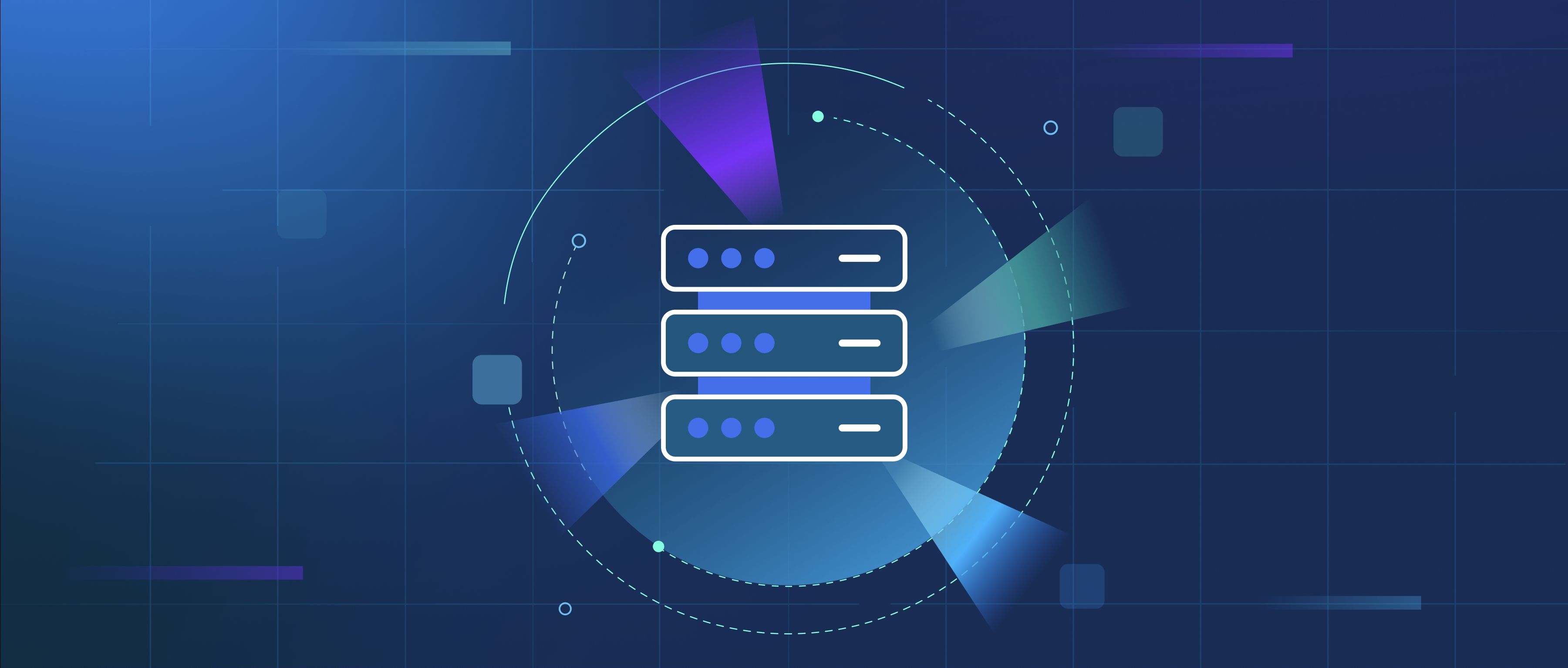AI agents use swarm intelligence by mimicking the collective behavior of social organisms, such as ants, bees, or flocks of birds, to solve complex problems. This approach leverages simplicity in individual agent behavior to create efficient and coordinated group actions. Each agent follows basic rules and interacts with others in their environment, leading to the emergence of intelligent patterns that help tackle tasks like optimization, routing, and resource allocation. By utilizing decentralized control and collaboration, swarm intelligence enables AI systems to adapt quickly to changing conditions without the need for centralized decision-making.
One concrete example of swarm intelligence in AI is Particle Swarm Optimization (PSO). This algorithm simulates a group of particles, each representing a potential solution to a problem. These particles move through the solution space, adjusting their positions based on their own experiences and those of their neighbors. As they share information about the quality of their solutions, over time, the swarm converges toward the optimal solution. PSO is widely used for tasks like tuning hyperparameters in machine learning models, where searching the parameter space efficiently is crucial for performance.
Another example is the use of swarm intelligence in robotics, such as with drone swarms. In these systems, individual drones operate based on simple rules like avoiding collisions and maintaining a formation. When a group of drones is tasked with searching an area or delivering packages, they can efficiently cover the space, coordinate their movements, and respond to obstacles in real-time. This decentralized approach not only enhances the system's robustness but also reduces the need for complex programming in each individual agent, allowing for more dynamic and flexible operations.
